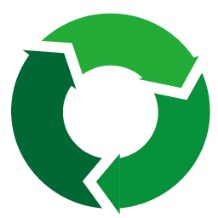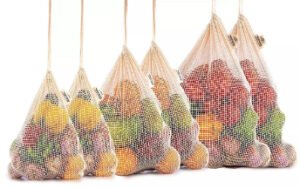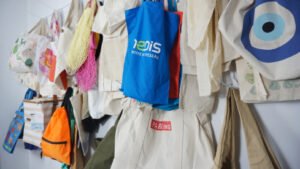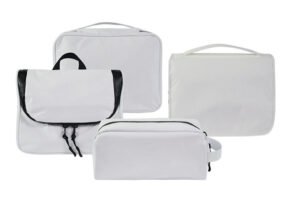When we talk about eco-friendly or environmental-friendly fabrics, it is with the wild range due to the wild range of fabric itself. Generally speaking, environmentally friendly fabrics can be considered as low-carbon, energy-saving, natural and harmless, environmentally friendly, and recyclable fabrics. Among the defined scope, there are a great number of fabrics which can be called eco-friendly or environmental-friendly fabrics, which we can have a special topic in other articles. However, jute fabric, the topic here today is the oldest and best eco-friendly fabric.
Jute fabric is composed of jute fibers, which is a key member of the hemp fiber family. Hemp fibers are fibers acquired from various hemp plants, including phloem fibers in the cortex of annual or perennial herbs, dicotyledons, and leaf fibers of monocotyledons. Bast fiber crops mainly include ramie, jute, green hemp, Chinese hemp, flax, etc. Jute is with lignified cell walls and short fibers, which makes its fiber strong and rough.
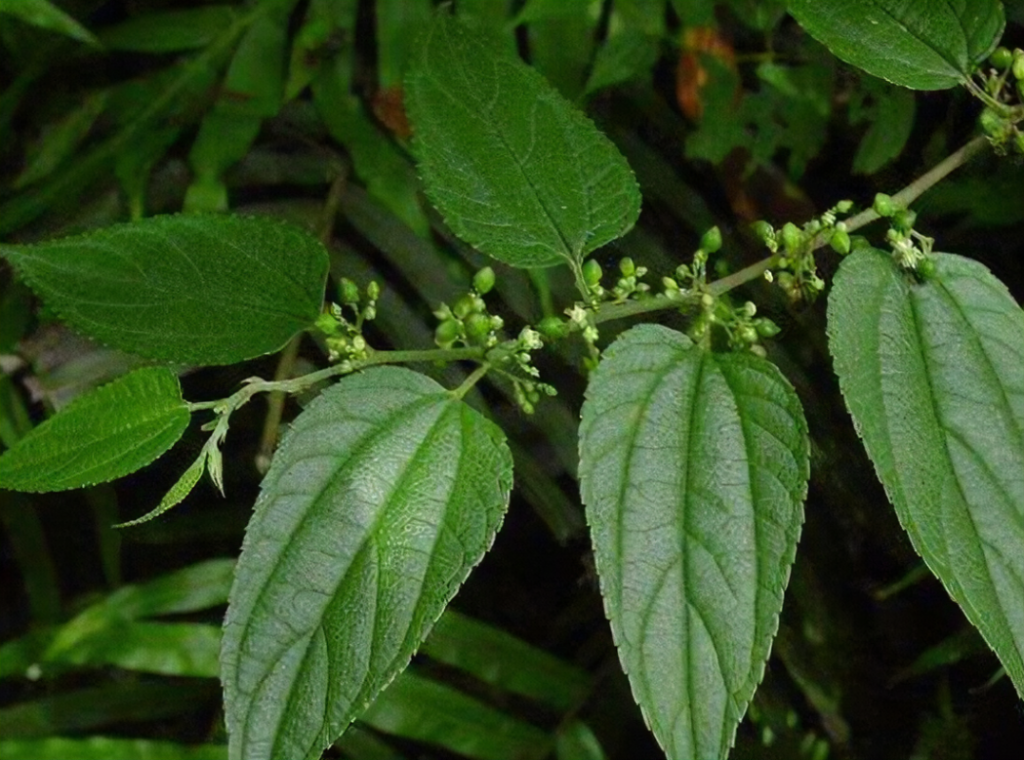
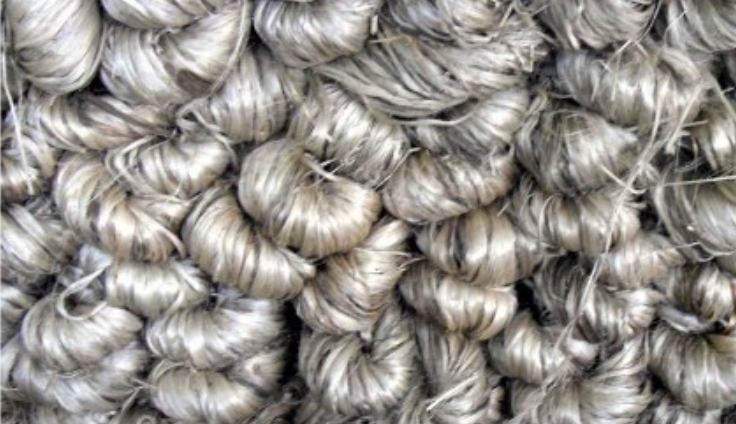
Based on the definition of environmentally friendly fabrics that they are low-carbon, energy-saving, natural and harmless, here we are going to elaborate why jute fabric is the oldest and best environmentally friendly fabric on the earth.
In ancient India, people first used jute to make rope, bags, and other simple tools for production and living use. With the development of textile techniques, Indian textile workers began to spin jute fiber into fine fabrics, so that they are used to make dressing clothes and decorate exquisite saris.
Jute fiber is the most important textile fiber just the following cotton. It can be completely degraded. It is said that jute “comes from the earth, assists the earth and goes back to the earth”. It is a completely environmentally friendly material. Indian people use rough jute fiber to make carpets, sacks, curtains, and ropes, and use fine parts of the fiber to wave silky fabrics. Not only in ancient India, Jute fiber, together with other hemp fiber, is one of the oldest fibers human being used for textile fabric in the world.
Being considered as the most important textile fiber after cotton, Jute is named as the best eco-friendly or environment-friendly fiber all through its life long. Below native inborn features contribute to jute fiber to be the best eco-friendly.
1. The ascent growth speed:
Jute plant grows up rapidly and its maturing time is around 4 to 6 months, making the sector huge within the year. Such outstanding growth efficiency enables less land being evolved to cultivate jute plants compared with other fiber plants.
The rapid growth with such efficiency makes us need less land to raise jute compared with other plants and crops; hence, we do not need to expand and encroach upon natural habitats and ecosystems with our agricultural efforts.
2. Little need of watering and irrigation during growth
The best-cultivated areas for jute plants are tropical areas, where is abundant rainfall. There is little need for human watering and irrigation during the growth of jute plants. Just consider, how much energy is saved if water pumping is not heavily needed for irrigation of the plant during the growth of jute.
Furthermore, the jute plant takes in carbon dioxide and emits oxygen at a rate several times more than normal trees.
3. Manually harvest and extract
During harvest time of jute plant, people harvest jute plant and extract jute fibers manually rather than using machines. It means, compared with other plants, the jute plant is less energy-consuming and reduces unsustainable industrial processes.
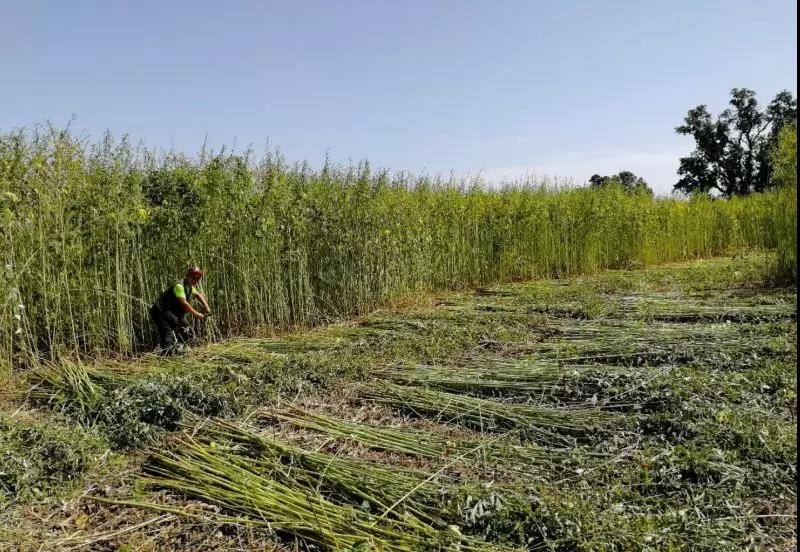
4. It can be completely degraded
Some people say that jute “comes from the earth, helps the earth, and returns to the earth”, as it is a fiber which completely biodegraded. And its degrades time is around 1-2years. After degradation, jute is not only compostable and increases soil fertility but also benefits the rotating crops with fewer pests.
5. Strong and durable fiber
Since the fibers are incredibly strong and durable, products made by jute fiber are also strong and durable with high resistance to wearing and tearing. For this reason, jute tote bags and shopping bags are quite popular right now and become part of reusable bags to fight against one-time using plastic bags.
Main Applications of Jute
Jute is generally used for environmental protection packaging, tote bags, handbags, produce bags, furniture (mostly mattress)craft gifts, pet supplies, cement product maintenance, craft calligraphy and painting, building decoration, shop decoration, hardware product packaging bags, maintenance of a road, environmental protection products, new plates, hunting supplies, garden supplies, craft shoes and hats, exquisite hangtag, foreign ship supplies, etc.
– Jute Tote Bags
Jute fabric is a rough fiber made from the stems of an old-world plant, which we use for twine and rope. You can also find jute threads in woven sacks or mats. Jute is a herbaceous plant that has edible young shoots too.


– Jute Produce Bags
Taking advantage of its characteristics of environmental protection, air permeability, moisture absorption, and quick-drying, it can make them free from mildew and insects and has a good storage function.
The reason why they are breathable and hygroscopic is that jute’s unique hollow octagonal structure can discharge air moisture smoothly.
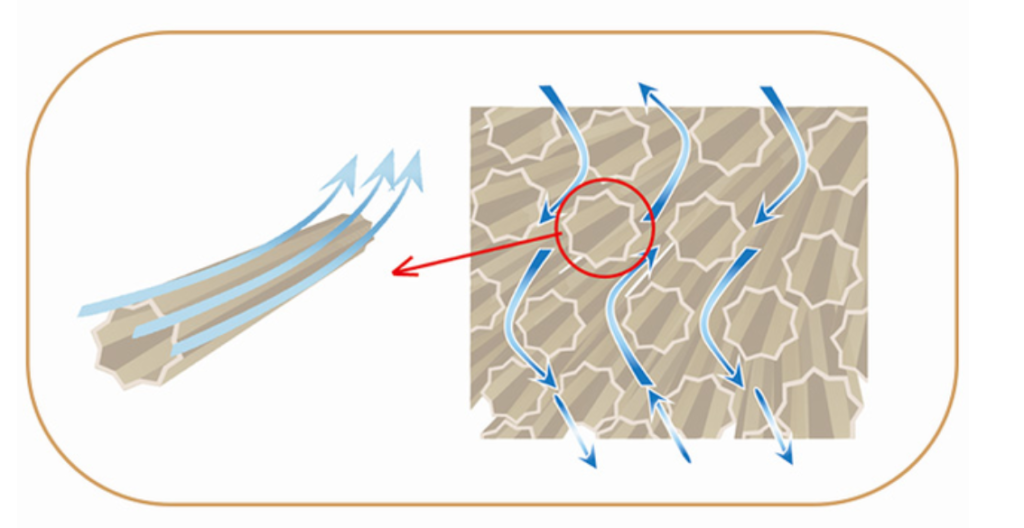
– Jute Mattress
The mattress made of jute is not easy to produce mites and bacteria under the condition of ventilation and moisture removal and can take good care of people’s skin health.
The actual jute mattress has a certain history, but now with the new S-type jute, what are the advantages over ordinary jute?
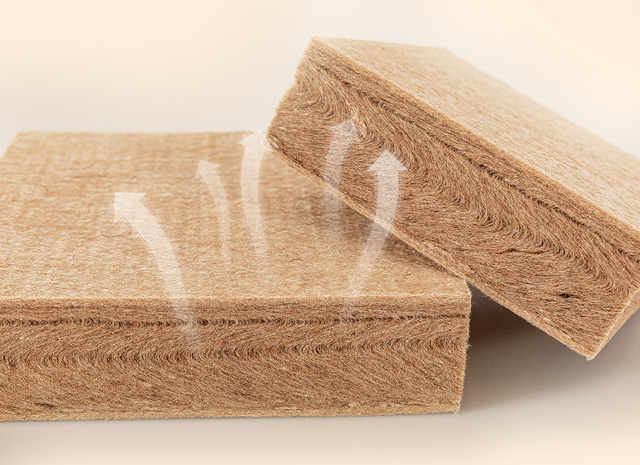
The so-called S-shaped mattress is made of S-shaped arrangements and combinations. It uses German equipment and three-dimensional one-time molding technology to form a unique S-shaped structure. This structure allows a certain space between fibers, so that air and sweat can be discharged unimpeded and has better air permeability.

